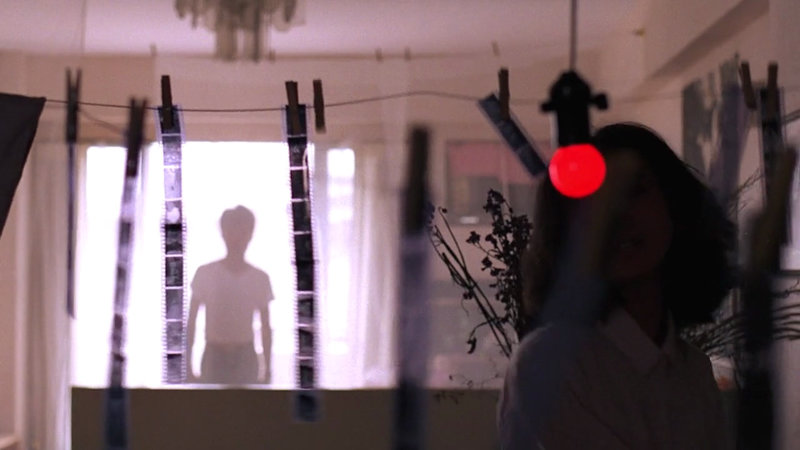One of the greatest films of the 80s, Edward Yang's chilling existential thriller charts the havoc wreaked on a handful of lives by a prank phone call.

Screened as part of NZIFF 2008
The Terroriser 1986
Kongbu Fenzi
One of the greatest films of the 1980s, Yang’s cool pseudo-thriller charts the havoc wreaked on a handful of lives when a bored, malicious young woman makes a prank phone call. In this film, Yang’s mastery of interwoven narratives is on full display for the first time, and the sleek, threatening surfaces of the modern city are captured with a chilly precision worthy of Antonioni. Indeed, the subplot involving an obsessive photographer seems to be a conscious nod to Blow-Up. — AL
“Set in modern-day Taipei where the only constants seem to be ennui and police sirens, The Terrorizer is constructed around everyday acts of betrayal. A diffident, self-absorbed novelist coolly dismisses her lover and her husband with the same line; the husband, an ambitious executive, turns in his best friend in a desperate bid to get a promotion; a young hoodlum amuses herself by placing prank phone calls that turn people's lives upside down. The film's sparse style and seemingly disconnected narrative (which reflects the characters' disassociation and makes the film almost unbearably intense) established modernism as a force in Taiwanese cinema.” — Cinemathèque Ontario
“Ostensibly inspired by a documentary on a German terrorist group, Yang’s austere third feature instead discovers, hidden within the stillness of human emotion, a terror far more brutal than any moment of physical violence. Bookended within images of guns and corpses, the film’s true focus is on the violence enacted in everyday relationships, whether between lovers, coworkers or strangers. The narrative weaves intricately between three scattered groups of characters: a doctor and his novelist wife, a mopey woman hoodlum, and a love-struck photographer, all threaded together by one prank phone call and a sense of deceit and lingering entropy. For Yang, the film “is built rather like a puzzle; the spectator can rearrange it in his head when he gets home”; it is the inescapable feeling, not the telling, of the story that matters. Indeed, the gunshots at the beginning and end seem interchangeable, almost anticlimactic, rendered quaintly obsolete by the film’s painstakingly traumatic layering of human relations and their emotional violence.” — Jason Sanders, Pacific Film Archive